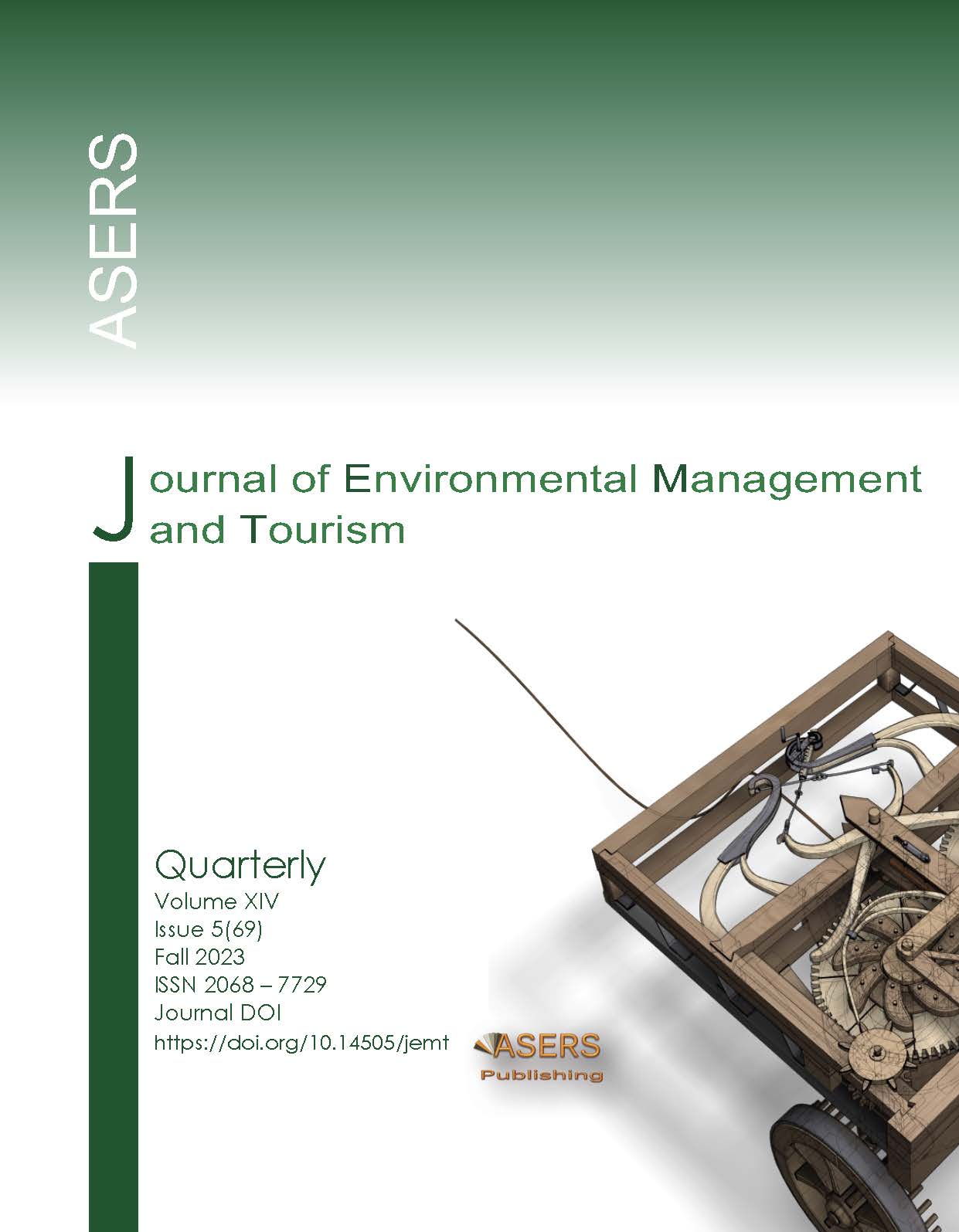Identifying Karst Aquifer Recharge Area Using Environmental Stable Isotopes and Hydrochemical Data: A Case Study in Nusa Penida Island
Identifying Karst Aquifer Recharge Area Using Environmental Stable Isotopes and Hydrochemical Data: A Case Study in Nusa Penida Island
Author(s): I Ketut ARIANTANA, Made Sudiana MAHENDRA, I Wayan NUARSA, Lambok HUTASOIT, Irwan ISKANDAR, MUSTIATIN MUSTIATIN, Putu Doddy Heka ARDANASubject(s): Economy
Published by: ASERS Publishing
Keywords: recharge; karst; isotopes; hydrogeochemical; aquifer; facies
Summary/Abstract: Identifying the recharge area of karst aquifers is scientifically challenging due to the complexity of karst groundwater flow characteristics. It is essential to identify the recharge zones to conserve the groundwater resources contained within these aquifers. This paper proposes a combined methods for identifying recharge area of karst aquifers on Nusa Penida Island using stable isotopes (18O and 2H) and a hydrogeochemical approach. Based on the analysis of δ18O and δ2H values and their spatial distribution, it is possible to retrace karst aquifer recharge areas using average isotope elevations. In the meantime, groundwater facies will be determined in the karst region of Nusa Penida using the hydrogeochemical approach with the Piper diagram. According to the calculation of water stable isotope results, the average elevation of the groundwater recharge area at the study site is between 62 - 450 meters. If applied to the location of the study, the recharge area is almost entirely distributed across Nusa Penida. In addition, based on the hydrogeochemical analysis, the groundwater type at the study site can be divided into three categories: Na-Cl, mixed, and Mg-HCO3. The water types indicate that the groundwater in Nusa Penida comes from a combination of old water stored from its internal geological formations and mix with modern rainwater.
Journal: Journal of Environmental Management and Tourism (JEMT)
- Issue Year: XIV/2023
- Issue No: 5(69)
- Page Range: 2253-2270
- Page Count: 18
- Language: English
- Content File-PDF

